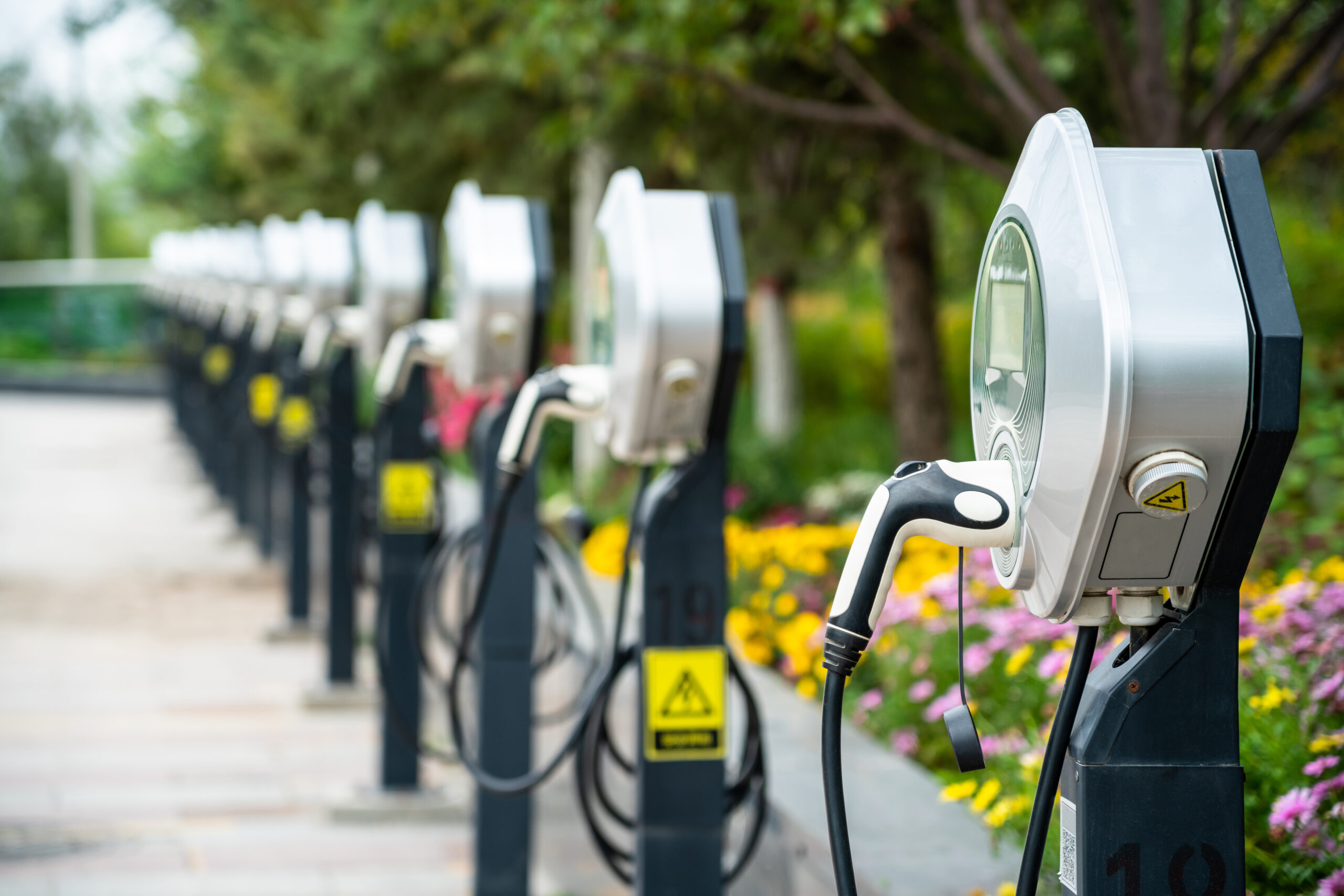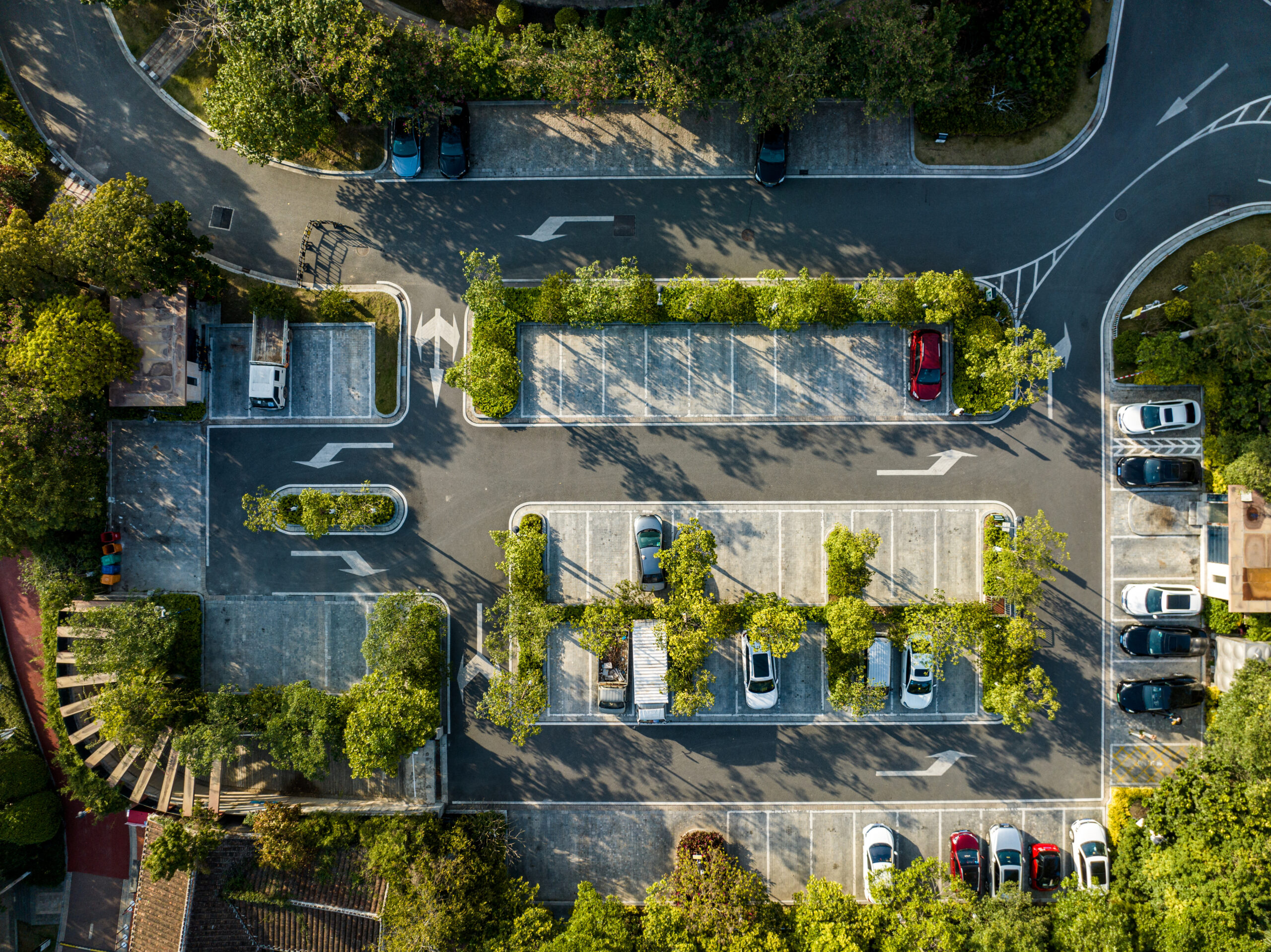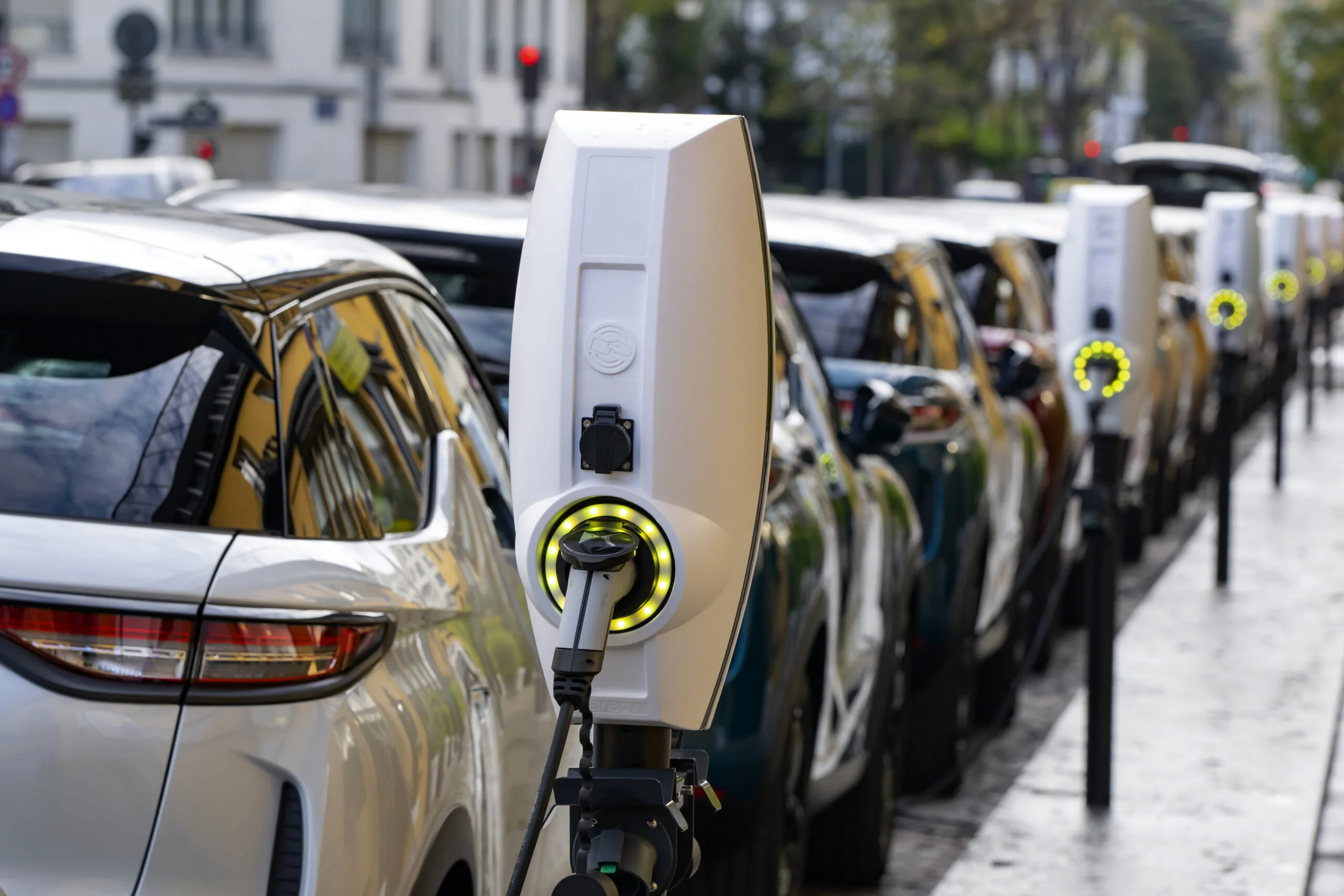Range Wars: EV Infrastructure is Coming

Driving home today, I clocked at least three Teslas on the road, all at a casual glance. I’m not what you would say is a car enthusiast, but Tesla grill plates are easy to spot, and increasingly common on the roads. Electric vehicles (EVs) have continued to gain traction in the public eye, including prominent placements in various media that serve to normalize EV adoption. Even as the energy industry fights misinformation, legislation like the Inflation Reduction Act has promised money to expand the infrastructure needed to manage the increased amount of distributed energy resources (DERs) in our communities, whether on the road or in homes. With electric vehicle manufacturing increasing to 50% of all new vehicles by 2030 in the U.S., EV infrastructure expanding, and greater public interest in renewables across all demographics, EVs are traveling well beyond urban areas.
EV Adoptions
For proof that electric vehicles have captured public attention, let’s look at the EV market. As of this writing, the EV market is anticipated to grow from $163.01b in 2020 to $823.7b by 2030. Likewise, costs in the EV secondary market are falling, while battery storage is 90% lower now than in 2008. Analysts report that the overall costs of EVs will continue to decrease, making them competitive with combustion engines soon. With costs decreasing across multiple metrics, consumers are turning to practical concerns to determine their vehicular purchases: how can they stay charged?
Range Anxiety
As you might have guessed, there’s a name for this problem: range anxiety. Range anxiety is as advertised, consumer concerns over how far their vehicle can travel before a necessary charge. Of course, every EV is different with some ranging around 100 miles to approximately 500 miles before the need for a recharge.
Confounding this problem is the time it takes to charge. Unlike combustion engines which take around EV charging speeds are dependent upon their charging level, which is split into three different categories:
- Level 1 – The slowest of all chargers, Level 1 equipment can take anywhere from 40-50 hours to gain a full charge.
- Level 2 – As you might guess, level 2 charging equipment is much quicker, clocking in at around 4-10 hours for a full charge.
- Direct Current Fast Charging (DCFC) – DCFC charging is currently the fastest charging strategy, bringing an EV to full charge in roughly an hour.
As compared to the approximately 5 minutes it takes to fuel a combustion engine, the time it takes to charge an EV adds to the range anxiety as part of any commuting strategy. It’s because of these comparatively slower refueling speeds that EV infrastructure funding has taken on a new emphasis in the U.S. and beyond. Let’s look at some of the new charging ideas out there, from the practical to the novel.
The Future of EV Infrastructure
If market projections and manufacturing objectives are met, then within a decade there will be an unprecedented amount of electric vehicles on the road. Meeting the increased charging demand in a way that minimizes range anxiety will take both robust investments in EV infrastructure, and also some novel approaches to charging. Innovators are looking to make EV charging a commonality within urban landscapes, the first step in branching outward to the rest of the country. Likewise, on the ground, ambient charging at intersections is in development, while our national leadership is incentivizing increased EV infrastructure production.
Planes, Tranes, & Automobiles
Before we move on, let’s remember that while the expression “electric vehicle” may connote personal vehicles, in actuality it refers to the totality of electricity-powered vehicles including the aforementioned planes, trains, and automobiles. What that means is that electrified fleets of EVs are coming to our supply chain, which will only increase the need for robust EV infrastructure enhancements.
Fortunately, there is already research and development for EV charging at sea, deeper battery life for electric-powered air traffic, vast battery storage for trains, and increased highway charging opportunities for semi trucks and other supply chain service vehicles. Just like community solar programs, this expanded EV charging provides utilities with locally generated green or stored energy. Let’s look now at what that means and how utilities can benefit from more EV infrastructure.
Mo’ Infrastructure, Mo’ Problems?
It’s easy to feel that more EVs will create a heavier demand than the grid can bear. Broader EV infrastructure creates more charging opportunities for more vehicles, creating more opportunities for utilities. For example, as we’ve mentioned these increased EV charging needs will provide community assets useful in offsetting high costs during peak times of demand, opportunities for virtual power plants, and chances to tap into both reciprocal and managed charging efforts.
Demand Flexibility
Broadly speaking, electric vehicles are ideally suited for demand flexibility programs. Demand flexibility speaks to many conservation programs that seek to minimize usage during peak periods of consumption to lower spending between time of use rate hours, or to simply use less during high periods through demand response functionality. Let’s look at one such demand flexibility program now.
Managed Charging
Managed charging programs are employed to conserve usage during high peaks of demand. Currently, it’s common to charge EVs at night time. Given the present volume of EVs on the road, nighttime charging occurs during off-peak usage times, meaning that as of now it’s economical and efficient to charge vehicles then. But as the number of EVs continues to rise, nighttime charging will shift the peak usage paradigm, creating fresh challenges to utilities.
In short: any time too many EVs are charging, it can create an increase in demand. Managed charging provides a solution by providing off-peak opportunities to charge, easing the high costs of peak-demand electricity, while enhancing grid resiliency.
V2G Charging
Like managed charging initiatives, V2G charging is a reciprocal function of many modern electric vehicles. Through V2G charging, utilities can not only manage the times that vehicles charge, but can draw from existing battery-stored power during times of peak consumption. In doing so, utilities can add another potential asset to minimizing high energy costs or mitigating heavy usage during otherwise peak times of use.
EV Infrastructure Conclusion
The emphasis on EV production directly reflects the robust electrification efforts needed to minimize our collective carbon footprint to meet global decarbonization goals. While EVs still charge from a grid at least partially powered by fossil fuels, they are still better for the environment, and interest in EVs continues to rise significantly as prices level out. Between consumer interest and national legislation, improving and expanding EV infrastructure isn’t just critical, but already underway, a potent reminder of the impending electric demand that EVs will impose.




